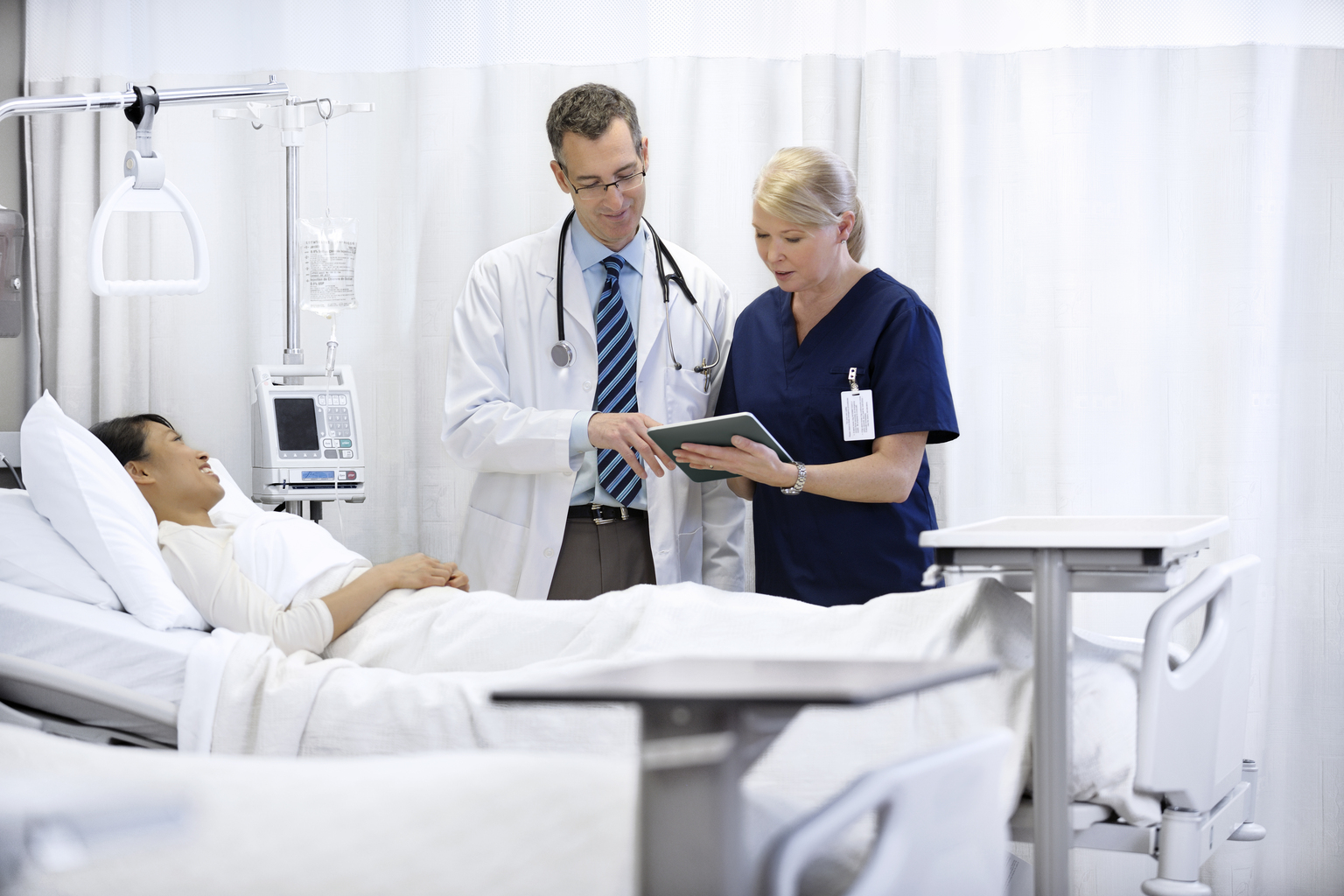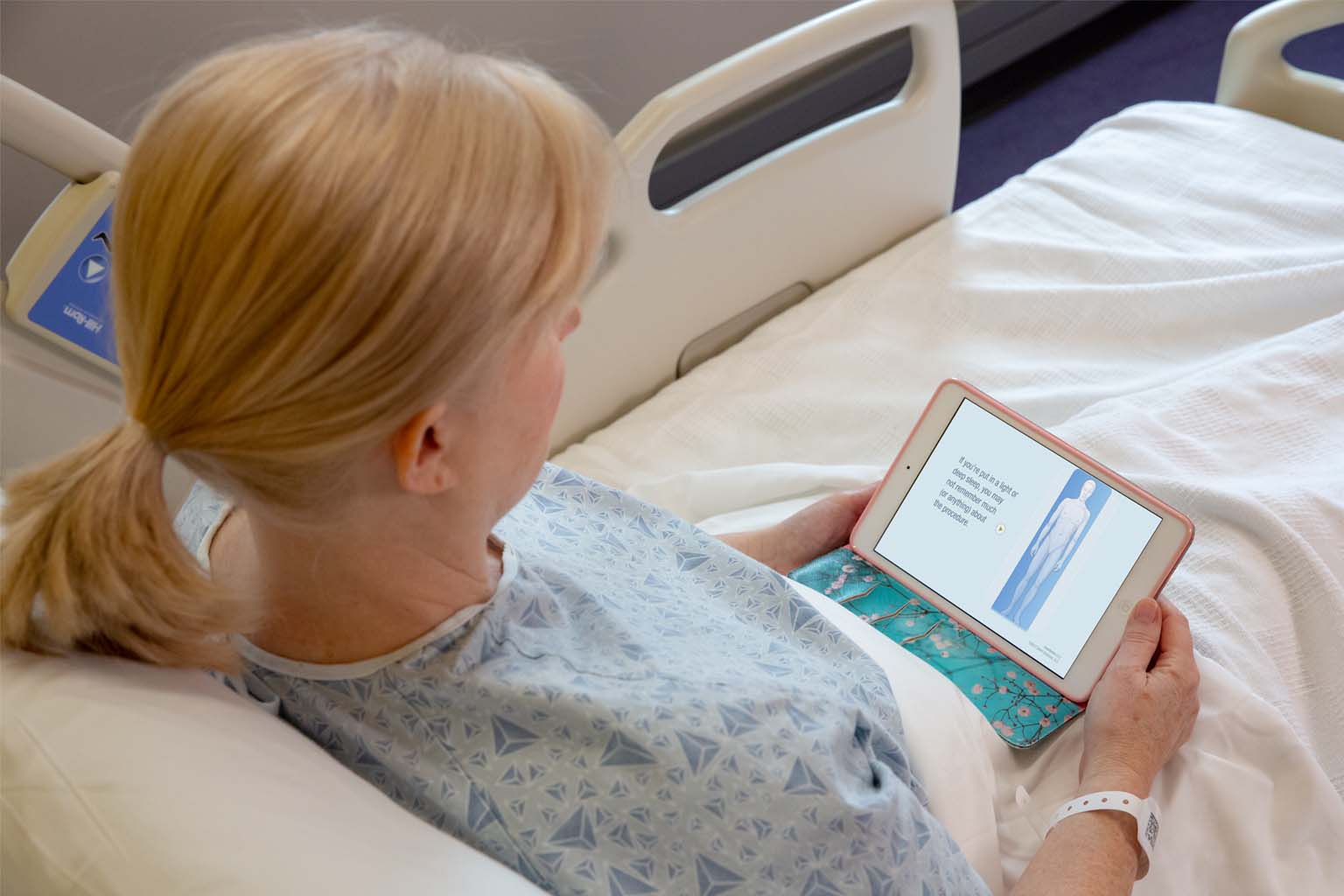With the recent updates to United States Pharmacopeia (USP) chapters <795> and <797>, and the enforcement of <800>, compounding pharmacies might be tempted to focus the bulk of their compliance efforts on the latter two. After all, the words “sterile” and “hazardous” associated with <797> and <800> certainly raise louder alarm bells than the “nonsterile” compounding that <795> concerns itself with.
Yet the risks of failing to comply with the new standards in <795> are very real. The standards themselves make clear that they exist to minimize harm, including death, which could result from any number of missteps that can contaminate a preparation. There are also considerable risks to the health of pharmacy workers.
That’s why it’s essential that compounding pharmacies identify key areas for compliance with the updated standards and then develop and implement a plan for addressing those areas. This article provides a starting point.
1: Starting at the beginning with USP 795 Updates and Changes
The first thing to understand about developing a compliance plan for any of the USP updates is that they are explicitly designed as minimum standards – and the bare minimum is rarely enough to fully protect patients and workers. That’s why any decisions about how to update your operations to comply with the updates should be based on an informed understanding of the risks to both the preparation and the compounder.
Things that could contribute to those risks include:
- Excessive microbial contamination
- Variability from the intended strength of correct ingredients (e.g., ±10% of the labeled strength)
- Physical and chemical incompatibilities
- Chemical and physical contaminants
- Use of ingredients of inappropriate quality
These factors should be enough to drive a vigorous “beyond compliance” effort, which depends on pharmacy leadership having a genuine understanding of key areas: starting, where, what, how, who, and why of exemplary nonsterile compounding.
2. Where: The Environment in USP 795 Updates
Complying with the updated USP <795> standards is first and foremost about mitigating the health risks cited above, but when talking about the compounding environment, it is also about avoiding citations from accreditors, including the federal Food and Drug Administration (FDA).
In the past two years, 5% of hospital pharmacies have undergone FDA inspections. While still rare, that’s a significant uptick from prior years. The inspectors are especially looking for violations that include insanitaryconditions under Section 503A of the Federal Food, Drug, and Cosmetic Act. Rust in cabinets where drug substances are stored and dust buildup on the vents above a compounding area are among the numerous violations that have received citations in the last two years.
Avoiding those citations begins with understanding that the new standards require creating a designated area for compounding. While that area need not be solely dedicated to nonsterile compounding, the designated area should be clean, orderly, and sanitary, as well as clearly marked. No other activities can be taking place in that area while compounding is taking place. Consider how you will make the designation clear and whatever you decide should become part of your standard operating procedures (SOPs).
You’ll also need to consider where that area is located in relation to any sinks, as water is a prime environment for microbial growth. That’s why USP <800> requires that any sink be located at least three feet from the primary engineering controls and, therefore, if at all possible, it makes sense to apply that same specification to your designated area for nonsterile compounding. When the sink is located closer than three feet to the nonsterile compounding area, installing a splash guard between the sink and the compounding area is an alternative.
Finally, the updated standard specifies that compounding pharmacies must evaluate whether weighing, measuring, or otherwise manipulating components that could generate airborne chemical particles should take place in a closed-system processing device to reduce potential exposure to personnel, the facility, or other preparations. Active pharmaceutical ingredients, added substances, and conventionally manufactured products are among the many components that have the potential to pose genuine health risks if they are not contained.
3. How: The Process of Implementing USP 795 Updates
Updating your SOPs is another essential piece of becoming compliant with the new standards. The requirements for <797> as regards important considerations like PPE and creating sanitary conditions, offer a helpful roadmap for updating SOPs for <795>.
For example, <795> requires gloves for compounding, but also suggests using other PPE as appropriate depending on the type of compounding being performed. Consider making <797> type options, such as gowns, facemasks, hair covers, and shoe covers required for nonsterile compounding, and include this in the SOPs. Similarly, train your people in proper hand hygiene and ensure competency on a yearly basis to avoid contamination. Doing so can help create habits that ensure sanitary conditions and safe preparations.
4. What: The Preparations for USP 795 Changes
When it comes to the preparations themselves, it’s important to remember that nonsterile compounding can be quite complex, both art and science. There is a lot of variability in such things as dosage forms, formulations, and even the raw components. The updated chapter goes far beyond simply classifying preparations as simple and complex like the old chapter did. Rather, the new chapter offers a lot of detail about, among other things, master formulation records, component selection, the documentation required, and the new beyond-use-date (BUD) framework based on water activity.
Two examples:
- Master formulation records are now required for every CNSP, even if it’s only just for one patient.
- When BUDs are extended beyond what is published in Table 4 of USP <795>, aqueous preparations must be tested for antimicrobial effectiveness by the requirements laid out in USP <51> Antimicrobial Effectiveness Testing.
For some, the added complexity in preparing the drugs and documentation may require additional training beyond a reading of the revised chapter.
5. Who: Do Your People Understand the USP 795 Changes
Of course, the key to ensuring your facility meets or exceeds the standards in <795>, so your preparations and processes are safe and effective, always boils down to your personnel. They must have the skills and training necessary to get the work done properly.
Making sure that they do begins with a careful reading of the new standards leading to an updated list of core skills and a recalibrating of the type and frequency of training and testing for all personnel, tailored to specific job requirements. For pharmacists and technicians, for example, you might distinguish between who is actually doing the compounding versus someone performing oversight or final checks. In larger facilities, you might distinguish between those people compounding creams and topicals versus those compounding oral suspensions and solutions.
Apply that same thinking to other personnel. Your receiving team might need training in what the storage area should look like and might need to be aware of the BUDs for each preparation. Identify who is doing each cleaning task and how their job description might change with the new standards. Create SOPs for each job, including backup plans for staffing shortages or absences. And, of course, determine how you will test competency in each of these areas.
Saving the biggest responsibility for last, consider what the updated chapter has to say about the Designated Person (DP). Unsurprisingly, there is some overlap with the DP role for <797> and <800>, in terms of being responsible for the general condition and maintenance of the facility, as well as training of personnel. In some cases, a pharmacy will ask the DP for one of the other chapters to also assume that role for <795>. Comparing and contrasting the three chapters can help the DP optimize the efficiency of meeting his or her responsibilities.
But <795> also has its own specific demands on the DP. This includes:
- Component selection and certificates of analysis
- Periodic monitoring and observing of CNSP activities
- Ensuring SOPs are written and implemented – and holding people accountable to them by monitoring and offering such fixes as additional training or more detailed SOPs
- Oversight of master formulation records, BUDs, testing, handling, and storage
6. Why: The Motivation Behind USP 795 Standards
Finally, motivating personnel to comply with and exceed the requirements of <795> depends largely on reminding them of why it is so important – why they can’t dismiss what they’re doing as just making magic mouthwash.
Consider a patient with a compromised immune system and the effect that microbial contamination would have on that patient. We do not want to be the reason a patient begins an irreversible downward spiral.
Updating the standards for nonsterile compounding was necessary to protect such patients and many others, as well as those who work in the facilities that prepare the drugs.
The USP <795> update reminds us that we do this by:
- Attending to the compounding environment and equipment
- Implementing reliable and repeatable processes
- Providing the training necessary to ensure competent personnel
- Using quality components, evidence, and testing
To learn more about complying with the new standards, watch the on-demand Continuing Education webinar, USP Chapter 795 Unlocked Keys to compliance in nonsterile compounding.




